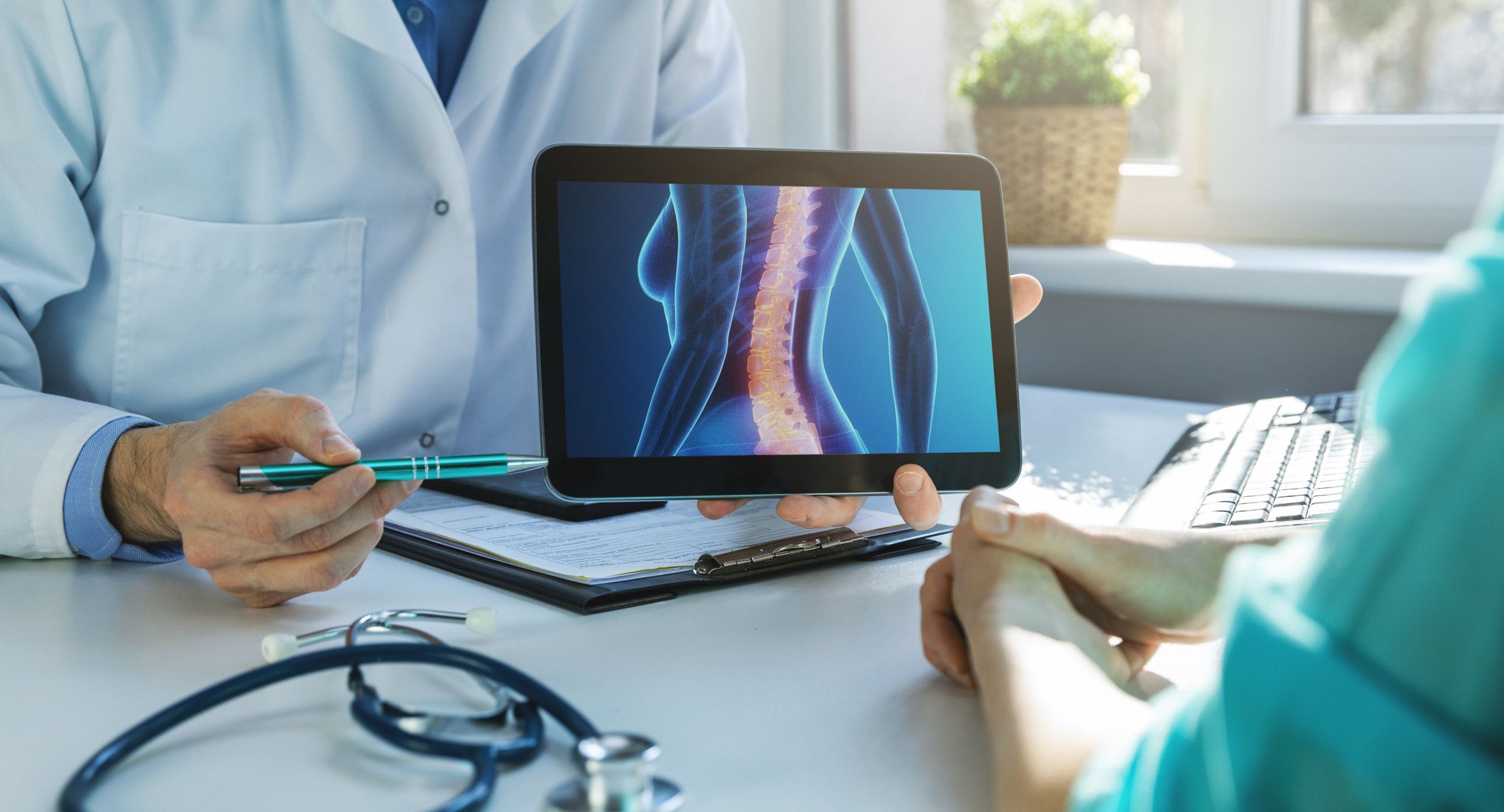- Health
What Is Spinal Decompression Therapy and How Can It Help You?

By the time we are in our mid to late twenties, most of us have experienced mild to severe back pain. From Running on the beach, surfing, or just wear and tear, our backs get the short end of the stick.
But there's hope. And what's better; it doesn't come in the form of a pill or going under the knife.
While certain back conditions may require surgery, nonsurgical spinal decompression is giving people a glimpse of what life could be like without back pain.
And what's more, it does so without all of those medical costs. Without the invasive aspects of surgery. And without drugging you up.
Is spinal decompression right for you? Find out all you need to know about this form of chiropractic care.
What is Spinal Decompression?
A type of motorized traction that may help relieve back pain. It involves gently stretching the spine to relieve pressure off the vertebrae.
By releasing tension from the vertebrae, discs that may be bulging or herniated can retract. This retraction leads to less pressure on the nerves in your back.
This release of pressure facilitates the flow of water, oxygen, and nutrients to your discs. And then, your discs can heal. We know, they need a break.
Therapy can potentially treat the following conditions:
- Neck and back pain, or pain from sciatica.
- Degenerative disc disorders
- Worn spinal joints
- Injured or diseased spinal nerve roots
- Bulging or degenerated discs
You never know when back pain is going to hit. It could hit after a car accident. It could be a gradual onset. It's nice to know that there are alternative options for you.
Is Spinal Decompression Effective?
Spinal decompression therapy has been around for years. Numerous testimonials claim that it does work.
Nonsurgical spinal decompression offers an alternative for those suffering from back pain who have been told that "it's nothing serious," "or the only option is surgery."
There are instances in which surgery is the only option. These are serious cases such as tumors, fractures, or abdominal aortic aneurysms.
But for the millions suffering from back pain who aren't part of those categories, little medical advice is without drug or surgery.
The Existing Studies Show Positive Results
Despite the lack of extant studies, results from existing studies have all been favorable. It is a great natural alternative to drugs and surgery. Spinal decompression therapy is very safe when compared to the risk, recovery time and to drugs like opiates.
Then again, how accurate can you be when describing pain? The entire medical field uses the 1-10 scale.
Is Nonsurgical Spinal Decompression Safe?
The results from the existing studies have all been favorable. It's also important to note that when comparing surgery to nonsurgical spinal decompression, the risks aren't even close.
Surgery is far more dangerous.
Spinal Decompression Methods
There are two main types of therapy. Each is noninvasive and nonsurgical.
One type of traction table is fitted with a pulley system that creates a pull on the patient's body. Another consists of an upper body portion and a lower body portion that operate independently from one another.
Spinal decompression tables are not to be confused with inversion tables. Inversion tables don't have sensors that show where back muscles are resisting.
As the table's sensors identify where resistance is, they reduce the amount of pull until the muscles relax.
Advanced tables can also track patients' progress and log sessions into their profiles.
Spinal Decompression Duration
The length of treatment often depends on an individual's specific ailment. This depends on the level of pain the patient is in, what X- rays reveal, and whether or not they have received treatment before.
Most often, treatment takes 6-8 sessions before patients start noticing benefits.
In other cases, especially with patients over the age of 55, treatment can take longer to show results. In some cases, patients won't start noticing results until session 20.
Complete sessions will usually last 30 minutes. These sessions are not be painful and many times, they will be relaxing. Often times patients are so relaxed they fall asleep during the treatment.
One of the reasons therapy can be so effective is because of its high adaptability to the specific needs of patients. Treatment is tailored to patients of different age groups, health levels, and pain levels.
The magnitude of pulling force, duration of treatment, and the targeted area will all determine what sort of treatment program is best for the patient.
Spinal Decompression Alone
What separates nonsurgical and surgical spinal decompression is what each seeks to resolve. Nonsurgical therapy is a part of a comprehensive therapy aimed to address the problem of back pain at its root.
Surgical and drug therapy aim to solve the problem on the surface. They fix the isolated issue but in many cases, ignore the underlying cause.
Despite the inevitability of back tension, tension can be mitigated by an exercise program that accompanies table therapy.
Spinal decompression gives us control over our bodies. But if we don't then strengthen our bodies, and improve our flexibility, the problem will return.
Because of this, table therapy should accompany several other treatments.
- Core Strengthening
- Electric Stimulation
- Core flexibility training
- Digital X-Rays
- Massage
Is Spinal Decompression Therapy Right For You?
Choosing whether or not nonsurgical spinal decompression therapy is right for you will depend on how much you are willing to invest in your life-long back health.
If you've had back pain your whole life, and have tried to eliminate it by other means, then it is a great option.
If your doctor insists on spinal fusion to solve a bulging disc problem, then it is a great alternative option.
If back pain has been persistent since a car accident, then it is a great option.
Overall, spinal decompression should be thought of as part of a comprehensive treatment program that provides the potential to live a back pain-free life.
Avoid drugs. Avoid the knife. Check out what other injuries we treat!


